New Delhi: The National Centre for Disease Control (NCDC) has issued new guidelines to curb waterborne diseases.
The standard operating procedures (SoPs) outline joint measures by the Ministry of Health and Family Welfare (MoHFW) and the Ministry of Jal Shakti (MoJS) for the timely detection, prevention, and control of diseases linked to biological and chemical contaminants in water.
According to the NCDC, unsafe water and poor sanitation are directly linked to diseases such as acute diarrhea, cholera, dysentery, hepatitis A, and waterborne illnesses like scabies and other skin and eye infections. Contamination can also come from naturally occurring substances such as iron, fluoride, arsenic, nitrates, and phosphates, which pose long-term health risks.
Risks from poor water management
The SoP document highlights that stagnant or improperly stored water can harbor parasites and serve as breeding grounds for disease-spreading vectors, such as mosquitoes. Inadequate water supply and poor storage facilities increase the risk of outbreaks, such as dengue.
The guidelines aim to create a coordinated system for monitoring water quality and waterborne diseases. They call for using a network of strategically located laboratories to support testing and for integrating awareness activities into community programs.
Committees at the national and state levels
At the national level, the SoPs recommend forming a water and health committee with representatives from the MoJS, MoHFW, and other ministries. This committee will meet quarterly to review policies, issue updated guidelines, and ensure financial support for states and Union Territories.
State governments are advised to run joint information campaigns on water safety and health issues. State Rapid Response Teams will be tasked with testing water sources, taking corrective action, and issuing advisories during high-risk periods such as summer, floods, droughts, and cyclones.
District and block-level action plans
At the district level, the guidelines call for regular testing of water in healthcare facilities and sharing the results with health teams. Visits to water-borne disease hotspots and household-level testing will be carried out. Officials must also ensure disinfectants are available and take corrective measures when necessary.
During extreme weather events, testing frequency should be increased, and monitoring of treated water discharged from hospitals and treatment plants should be maintained.
At the block level, authorities are tasked with identifying water quality hotspots, investigating outbreaks, and promoting preventive measures through community sensitisation. Community participation in ensuring safe water and preventing disease is a key part of the strategy.
Community-Level Surveillance and Training
In villages, water from schools, anganwadi centres, primary healthcare centres, and wellness centres must be tested regularly. Test results should be displayed publicly. Community-level health workers will receive additional training in testing, cleaning, and disinfection and will be provided with field-testing kits. Women and local healthcare workers will also be trained in water safety and hygiene practices.
Jal Jeevan Mission Framework
This initiative will work alongside the Drinking Water Quality Monitoring and Surveillance Framework under the Jal Jeevan Mission, which aims to provide clean tap water to every rural home and public institution. The mission promotes regular community-based testing and confidence in tap water consumption.
By integrating health and water supply systems, the NCDC hopes to improve preparedness, prevent outbreaks, and protect public health.
Also Read
Max Healthcare, Global Health Alliance UK Join Hands for Advanced Medical Training and Research




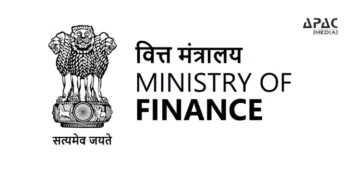



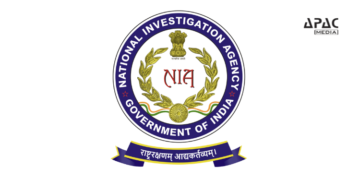








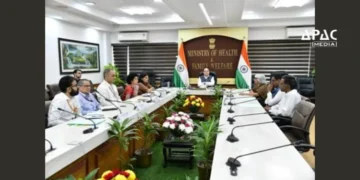









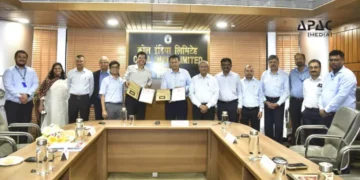
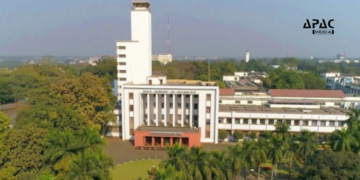

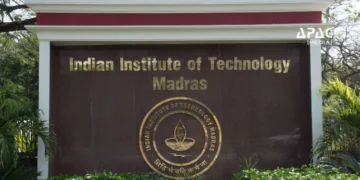












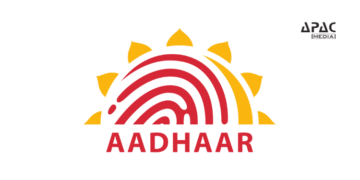




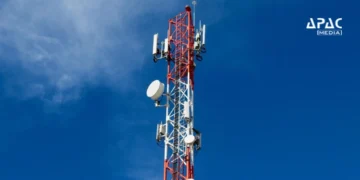






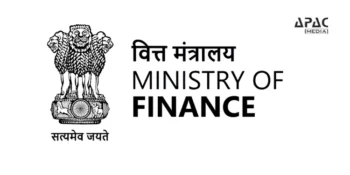









Discussion about this post